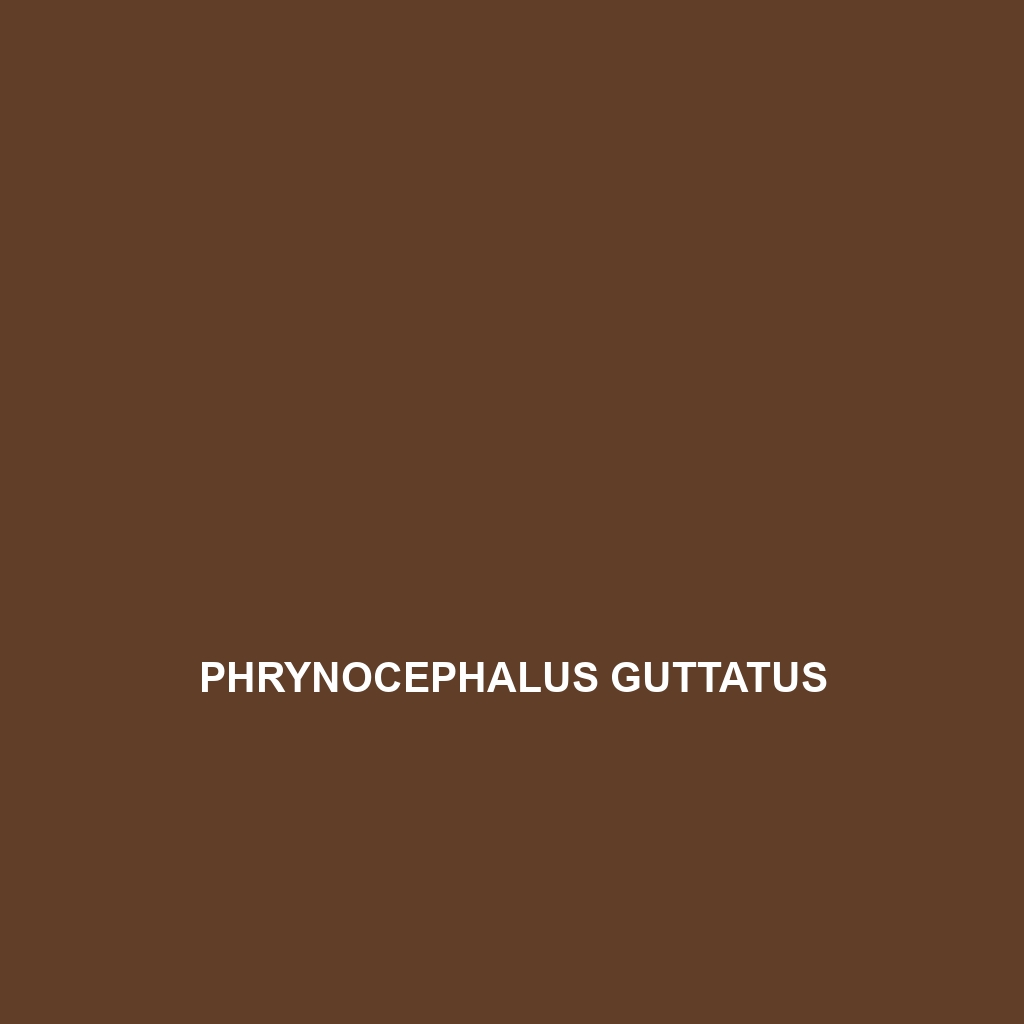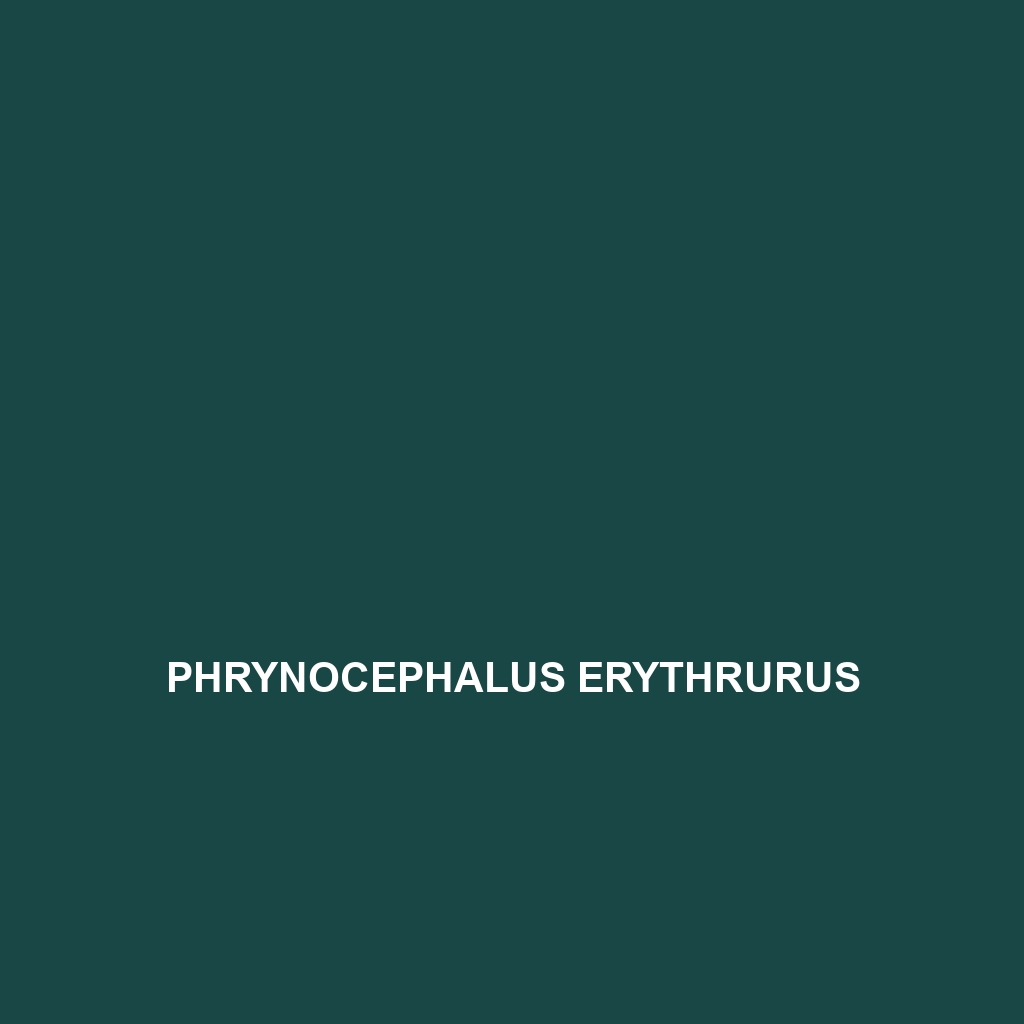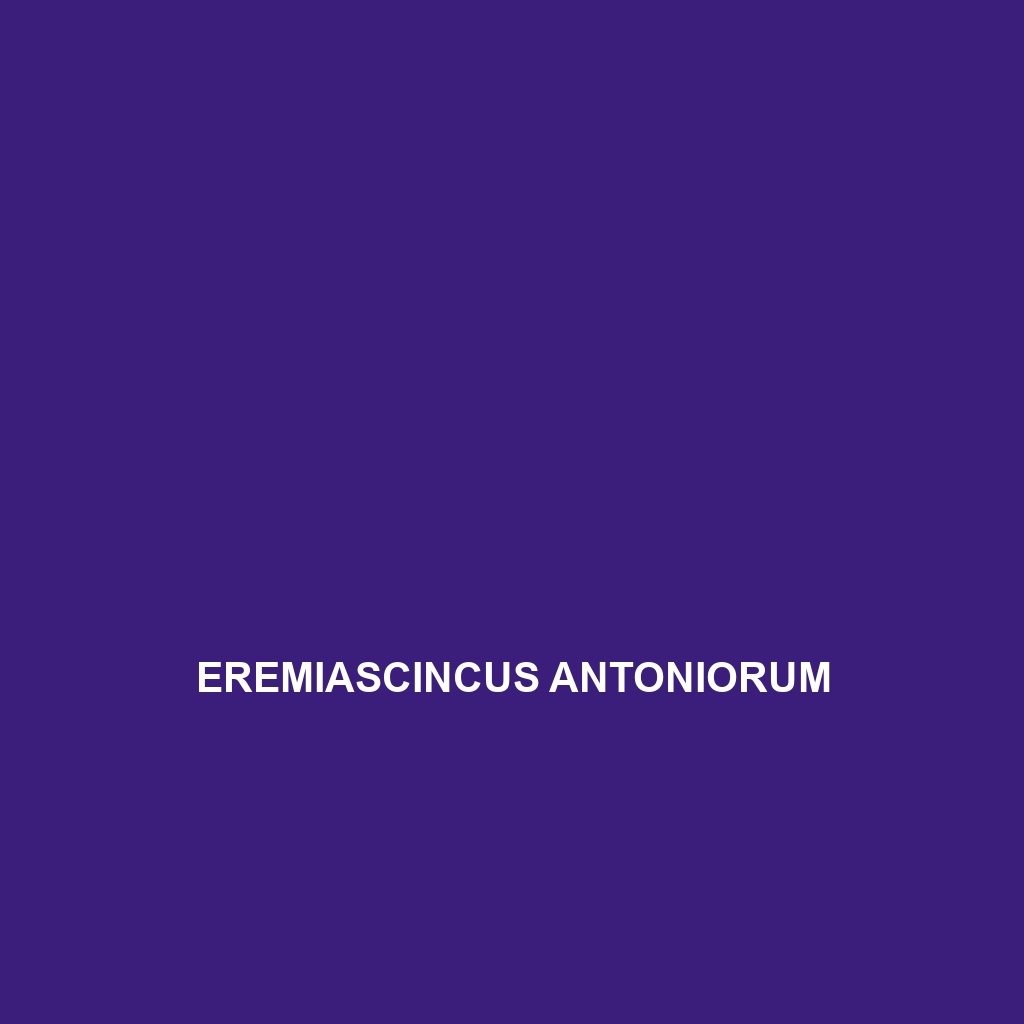Strauch's Toadheaded Agama (<i>Phrynocephalus strauchi</i>) is a medium-sized lizard native to the arid steppes and deserts of Central Asia, known for its robust body, remarkable burrowing abilities, and diet mainly consisting of small insects. This resilient species displays distinct coloration for camouflage, excels in temperature regulation through behavioral adaptations, and plays a crucial role in maintaining ecological balance.
Tag: Central Asia lizard
Phrynocephalus scutellatus
<b>Phrynocephalus scutellatus</b>, known as the faced spiny lizard, is an insectivorous reptile native to the arid regions of Central and East Asia, characterized by its flattened head, spiny scales, and unique camouflage. This species thrives in temperate grasslands and deserts, playing a vital role in its ecosystem as both predator and prey.
Phrynocephalus raddei
Discover the fascinating Radde's Agama (Phrynocephalus raddei), a medium-sized lizard native to the arid regions of Central Asia, known for its robust body, ability to change color for camouflage, and essential role in maintaining insect population balance within its ecosystem. This diurnal lizard thrives in rocky outcrops and dry grasslands, showcasing vibrant colors during mating rituals.
Phrynocephalus guttatus
<p><b>Phrynocephalus guttatus</b>, also known as the spotted toad-headed agama, is a small to medium-sized lizard thriving in the arid regions of Central Asia. With a flattened body, distinctive dark spots, and an insectivorous diet, this resilient species plays a vital role in its ecosystem as both predator and prey.</p>
Phrynocephalus euptilopus
<p>The <b>Toad-headed Agama (<i>Phrynocephalus euptilopus</i>)</b> is a unique lizard native to the arid regions of Central Asia, exhibiting a flattened body, broad head, and excellent camouflage that allows it to thrive in harsh environments. Known for its diurnal behavior and diet primarily consisting of insects, this resilient species plays a vital role in maintaining the ecological balance of its desert habitat.</p>
Phrynocephalus erythrurus
The Phrynocephalus erythrurus, or red-headed agama, is a medium-sized lizard native to the arid regions of Central Asia, recognized for its vibrant red or orange head, flattened body, and unique adaptations to harsh environments. This insectivorous species thrives in rocky terrains and plays a vital role in its ecosystem by controlling insect populations and serving as prey for larger predators.
Paralaudakia stoliczkana
Discover the Stoliczka's Rock Lizard (Paralaudakia stoliczkana), an adaptable insectivore found in Central Asia's arid landscapes. Known for its distinctive coloration and burrowing behaviors, this lizard plays a vital role in controlling insect populations and supporting local ecosystems.
Laudakia sacra
<b>Laudakia sacra</b>, also known as the Afghan rock agama, is a resilient lizard native to the arid regions of Central Asia, characterized by its distinct brown or gray coloration, elongated body, and fascinating social behaviors. Predominantly insectivorous, these lizards play a vital role in their ecosystem by regulating insect populations while serving as prey for larger predators.
Eremias yarkandensis
The Eremias yarkandensis, commonly known as the Yarkand racerunner, is a slender, agile lizard native to the arid regions of Central Asia, measuring 15 to 25 cm in length with pale brown or beige coloration and darker stripes. This diurnal insectivore plays a vital role in its ecosystem by controlling insect populations and serving as prey for larger predators.
Eremias suphani
Introducing the Eremias suphani, or Suphan Racer, a sleek and agile lizard native to Central Asia's arid regions, featuring a sandy or light brown coloration with faint dark stripes. Known for its impressive speed and insectivorous diet, this resilient species thrives in diverse habitats like scrubland and grasslands, playing a vital role in maintaining ecosystem balance.









